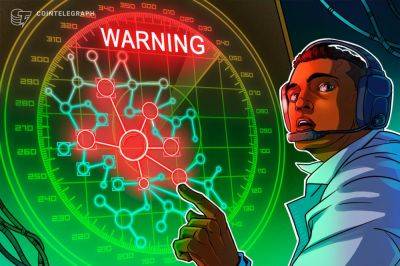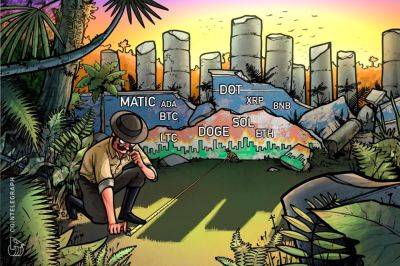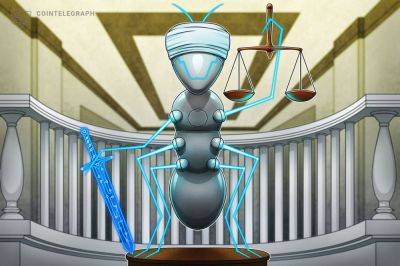Metaverse 2.0: Where the metaverse meets hyper-reality and infinite possibilities
The world met the first metaverse in 1992 when Neal Stephenson’s Snow Crash depicted an online world that users could only access via virtual reality (VR) goggles. Stephenson described this universe as a place where users could receive computer-generated bodies, hang out with friends and attend events like concerts. The 2018 film Ready Player One revisited this theme, emphasizing that the metaverse would overtake the real world and become the place where people spend most of their time.
Currently, however, the metaverse and VR experiences are a far cry from how they were imagined in science-fiction media. Today’s graphics on metaverse and VR platforms don’t provide the realism that many would expect from a digital immersion experience. According to an article in Fast Company, the dead eyes of Mark Zuckerberg’s metaverse avatar in Meta’s latest release suggest a graphical quality even worse than that of Second Life, a 20-year-old online game. This highlights the harmful effect of how one company is managing the metaverse expectations of the masses. Kevin Roose from The New York Times reiterated this belief, inquiring where exactly Meta spent $10 billion on VR was spent last year.
It's genuinely puzzling that Meta spent more than $10 billion on VR last year and the graphics in its flagship app still look worse than a 2008 Wii game. https://t.co/IOwqsrrfKj
Although the graphics are only one part of what the metaverse represents, comments like Kevin’s in the Twitter community show that mainstream adoption of Web3 will only be possible if a “Big Bang” release convinces the masses to move, much like the iPhone changed the way the world looks at phones by giving everyone access to the internet from their pocket. For the metaverse,
Read more on cointelegraph.com






















